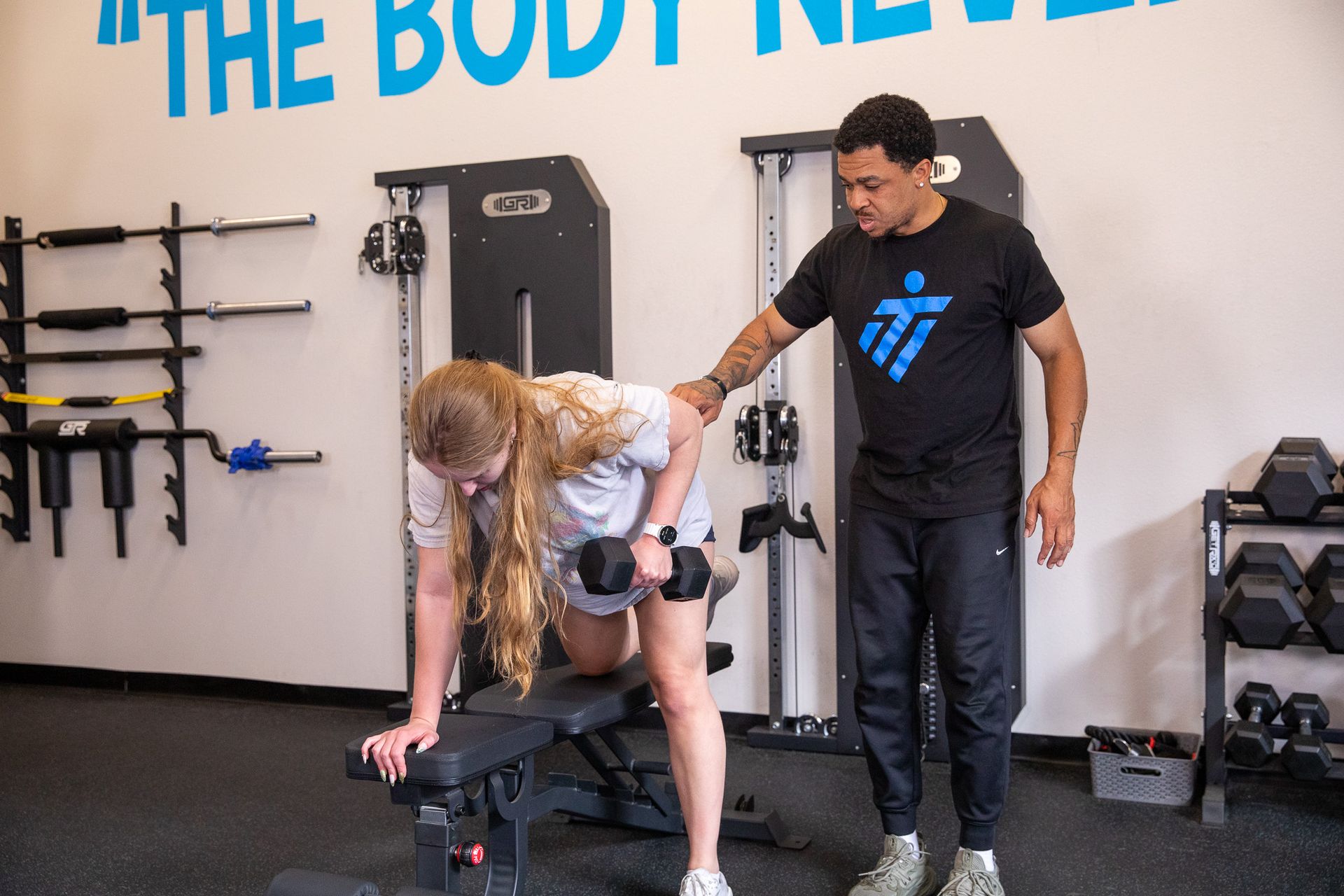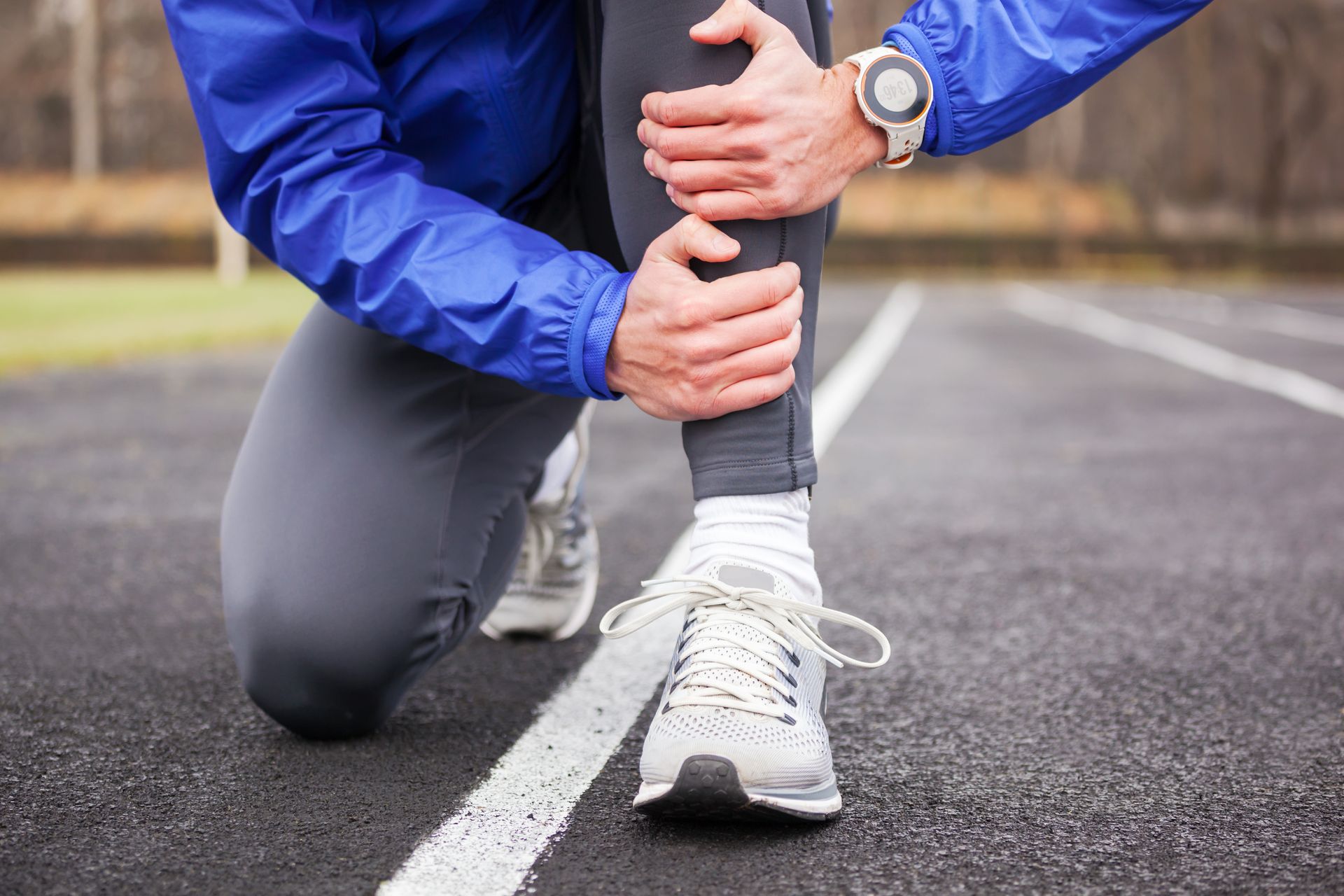Low back pain is widespread, affecting millions and impacting daily life, mobility, and overall well-being. Fortunately, by understanding the causes and implementing effective strategies, you can manage and even eliminate low back pain.
Common Causes of Low Back Pain
Low back pain can arise from various factors, including:- Muscle Strain: Overexertion, improper lifting, or sudden movements can strain the muscles and ligaments in the lower back
- Poor Posture: Sitting or standing with poor posture adds stress to the lower back, leading to discomfort.
- Herniated Discs: Discs between the vertebrae can bulge or herniate, pressing on nerves and causing pain.
- Degenerative Disc Disease: As we age, spinal discs naturally wear down, potentially leading to chronic pain
- Spinal Stenosis: This condition involves the narrowing of the spinal canal, which puts pressure on the lower back nerves.
- Injury or Trauma: Accidents or falls can cause acute or chronic low back pain.
Understanding the root cause of your pain is crucial for finding the right solution.
Practical Solutions for Low Back Pain
Here are some practical strategies to help alleviate and prevent low back pain:
1. Functional Training
Functional training strengthens the muscles that support the spine. A strong core, including the abdominal and back muscles, is essential for proper posture and reducing low back pain. Exercises like planks, dead bugs, and bird dogs are efficient for building core strength and resilience. Incorporating these exercises into your routine can alleviate pain and prevent future episodes.
2. Stretching and Mobility Work
Regular stretching and mobility exercises reduce tension in the lower back, hips, and legs. Incorporating these stretches into your daily routine improves flexibility and decreases the likelihood of lower back pain.Examples of effective stretches:
- Child’s Pose: Gently stretches the lower back and relieves tension.
- Cat-Cow Stretch: Improves spine flexibility and reduces stiffness.
- Hamstring Stretch: Keeps hamstrings flexible, reducing strain on the lower back.
3. Posture Correction
Proper sitting or standing posture is key to preventing low back pain. When sitting, ensure your lower back is supported, with feet flat on the floor and shoulders relaxed. When standing, distribute your weight evenly on both feet and avoid slouching. Ergonomic furniture and minor adjustments to your environment can significantly improve posture and reduce back pain.
4. Manual Therapy
Manual therapy, including massage, myofascial release, and spinal manipulation, effectively alleviates low back pain by reducing muscle tension and improving circulation. Regular sessions with a trained professional can provide relief and prevent future episodes.
5. Heat and Ice Therapy
Applying heat or ice to the lower back offers temporary relief. Ice reduces inflammation and numbs acute pain, while heat relaxes tight muscles and improves blood flow. Alternating between heat and ice can effectively manage pain based on your symptoms.
6. Professional Assessment
If low back pain persists, seeking professional help is crucial. A functional training professional, physical therapist, or chiropractor can assess your condition and develop a personalized treatment plan that addresses the root cause of your pain.
Preventing Low Back Pain
- Preventive measures can help avoid low back pain:
- Maintain a Healthy Weight: Excess weight strains the lower back.
- Stay Active: Regular exercise strengthens muscles and reduces injury risk.
- Practice Safe Lifting Techniques: Bend your knees and keep your back straight when lifting heavy objects.
Conclusion
Low back pain is joint, but it can be managed and prevented with the right approach. Incorporating functional training, stretching, posture correction, and other effective strategies into your routine can alleviate pain and improve your overall quality of life. If pain persists, seek professional guidance for a pain-free, active lifestyle.





